“Die Neue Sammlung, is one of the foremost collections of the industrial world…”
by Venetia Kapernekas

(wall installation displays the range of modernist objects in Die Neue Sammlung entry, hanging piece by Luigi Colani, 1970s)
….said Paola Antonelli, (at an interview at the american AD, May 2006), then curator of architecture and design at the Museum of Modern Art in New York, and now senior curator now at the Department & Director of R&D at The Museum of Modern Art (MoMA)…. and she continues ..”It is even more distinctive because it comes from a culture that is imbued with respect for design.”
Personally, as I lived last years between New York and Munich and still nesting much of my winter months in Munich, I enjoy & adore the Die Neue Sammlung museum ( in past I have written of some wonderful exhibitions ) and meet personally the fabulous director Dr Angelika Nollert. The institution was established as a state museum in 1925, the year the Bauhaus was relocated from Weimar to Dessau. The funds were very small and a promise for new home independent museum never materialised. Since 2002, it has shared space with the state collections of modern art and graphic design, and the Architecture Museum of the Munich Technical University, in the Pinakothek der Moderne, the new museum of modern art.
Dr Angelika Nollert taking over the directorship of the Die Neue Sammlung states for the The New Collection ” this collection is dedicated to so-called modern at and is one of the richest in the world . The wonderful holdings of the collection may currently be seen in Munich, Nuremberg and Weiden”.
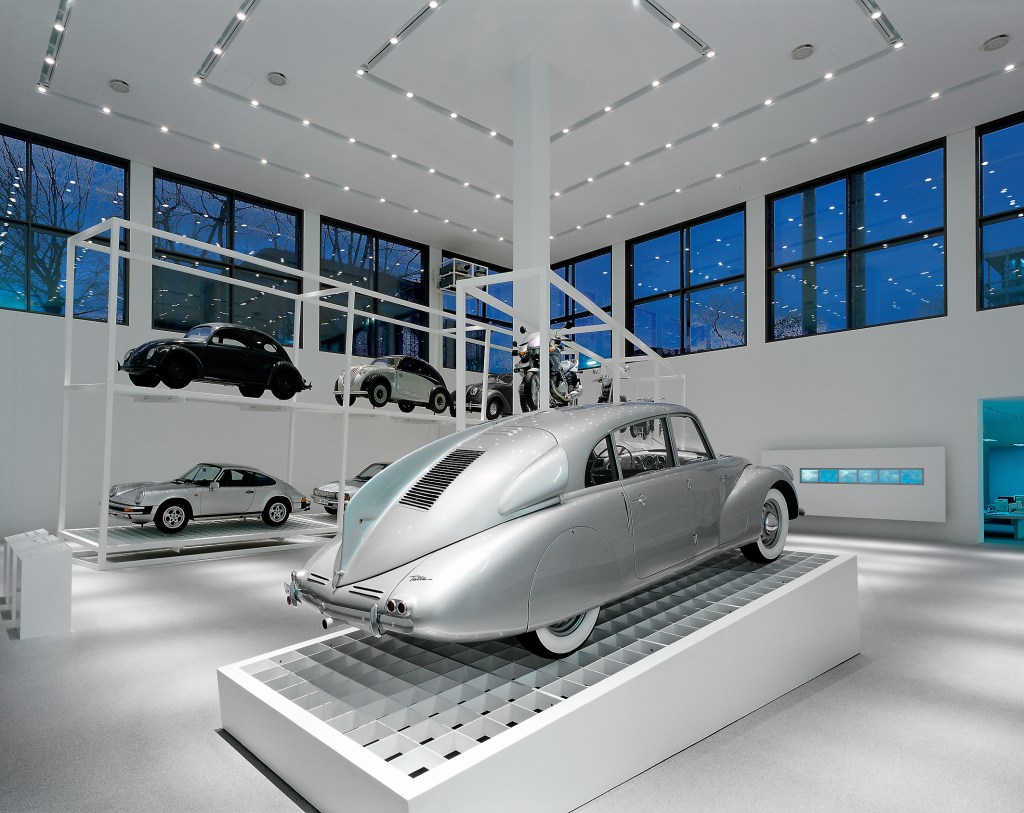
The Czech Tatra 87, build in 1937 by Hans Ledwinka, “implemented the vision of speed as the expression of the modern age,” said Rösner, the chief curator for years at the Die Sammlung.
During the difficult years of War, the Nazi regime shut down, as it did also the Bauhaus which resulted dispersions a quarter of the collection. It reopened in 1946 and one of the first exhibitions- of contemporary Bavarian crafts – was staged in New York with support from the american military authorities. During the next 5 decades, the successive directors enlarged the collection. but very few objects could be shown.
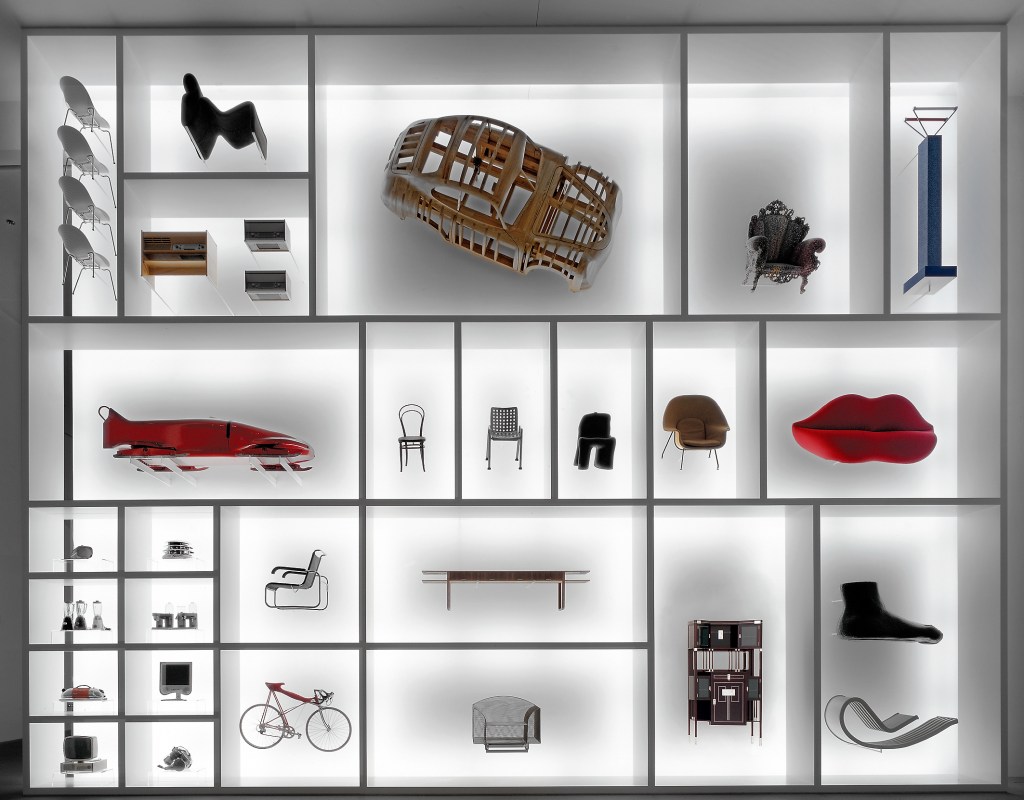
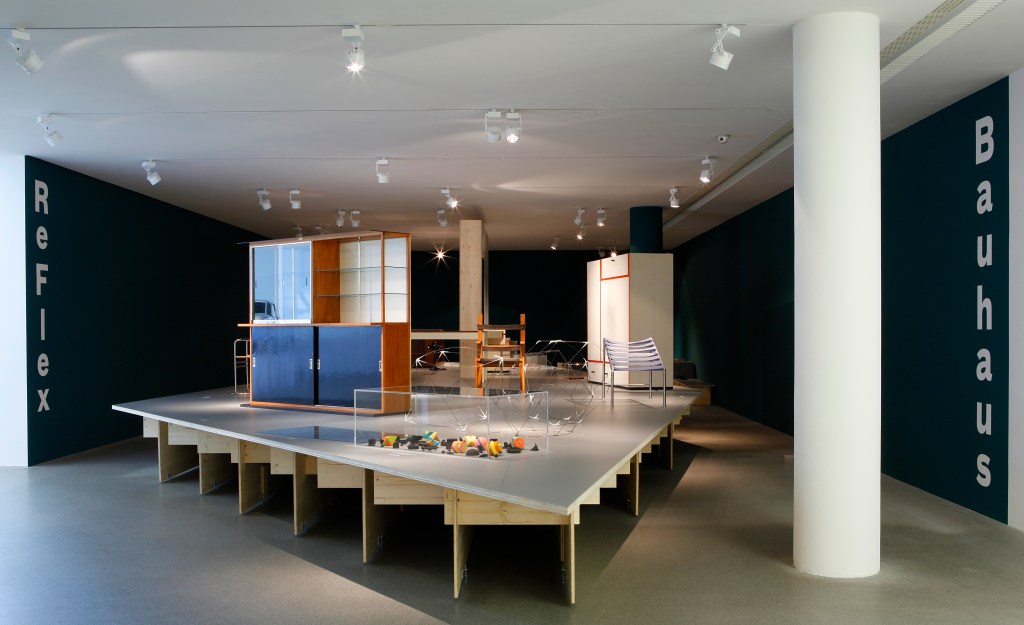
photo: (exhibition:”Reflex Bauhaus, 40 objects-5 conversations”, opened Feb 8, 2019
Since Dr Angelika Nollert’s directorship of the Design Museum, some extraordinary exhibitions have taken place and the remarkable one “Reflex Bauhaus”, Dr Angelika Nollert states at the foreword page of that exhibition catalogue/book, “…The Bauhaus content was spawned but the cultural and educative Reform movements and developments, starting with the English Arts and Crafts Movements as of the mid-19th century in Europe, which all culminated in Modernism. Key stimuli came from the Glasgow School of Arts, Esprit Neuveau in Paris, the De Stijl group in the Netherlands, the Russian Constructivists, early Modernism in Prague, and the German Werkbund.”
In May 2019, the “Thonet and Design”, where the Munich designer Steffen Kehrle, with a new design/presentation of the large collection of Thonet.
For the design of the exhibition we were able to engage the services of Munich designer Steffen Kehrle, who in this context is also designing a seat especially for Die Neue Sammlung. (The Thonet firm founded in 1819 by Michael Thonet, a master cabinet-maker from Boppart, evolved down through the decades into one of the most important makers of bentwood furniture). In this theatrical, resembling an ancient greek theater, Stefen Hehrle brilliantly presents the 200 years of furniture history within a showcas in a clean and straight forward approach, where every chair on display is given the same space and importance, none is uplifted or highlighted)


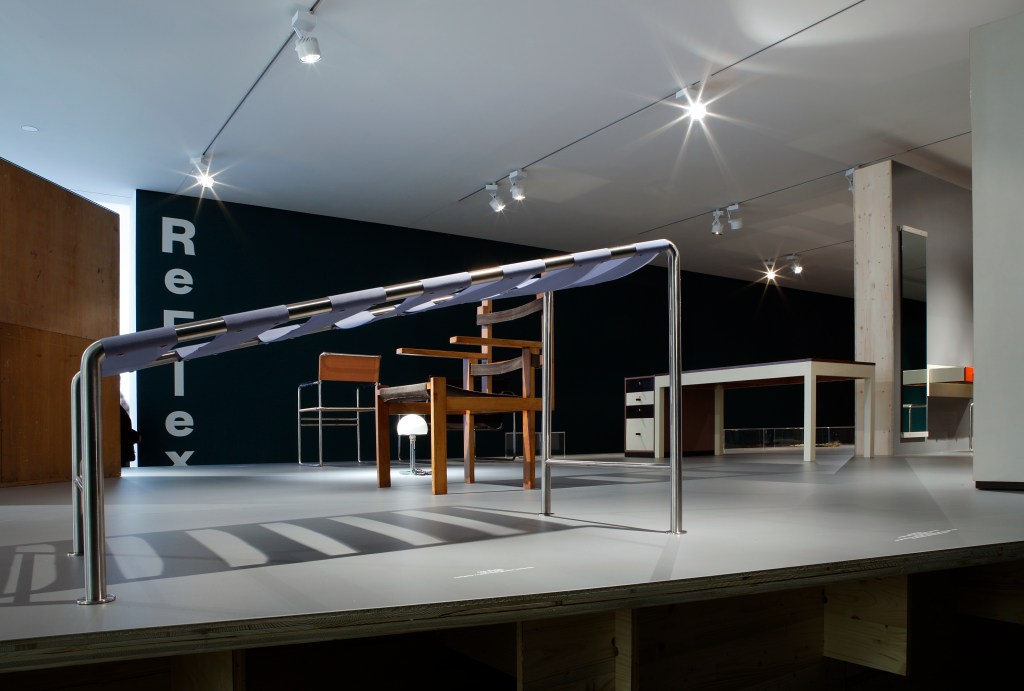
Dr Angelika Nollert (director Design Museum) studied art history, archeology and German at the Universities of Würzburg and Münster. In 1997 she received her doctorate with a dissertation on the Dutch painter Barend Cornelis Koekkoek at the University of Münster. Dr Nollert has worked with international artists and institutions at the large-scale exhibition “Sculpture Projects” in Münster, at the Portikus exhibition hall for international art in Frankfurt am Main, at the Documenta in Kassel and at the Siemens Arts Program. Dr Nollert has been member of various advisory boards and bodies, including the Federal Cultural Foundation and the University Council of the Academy of Fine Arts in Munich.
Dr Nollert is an Honorary Professor at the Academy of Fine Arts in Munich (as of 2020)
I like to thank Rosa Carole Rodeck M.A. (kuratorin die Neue Sammlung)with her valuable assistant and providing with credited photos.
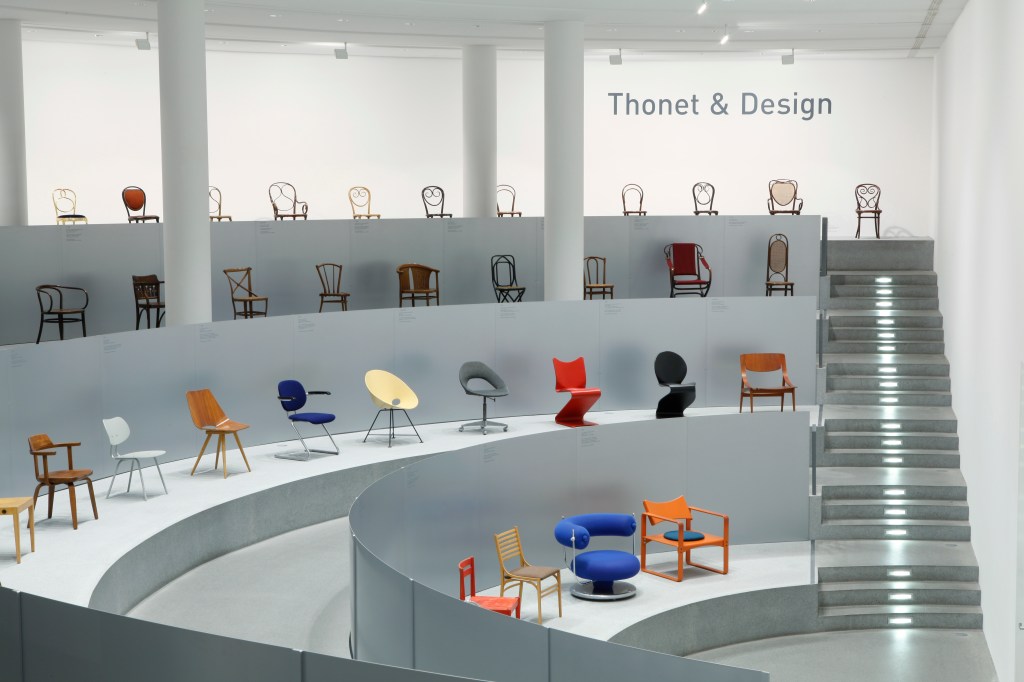
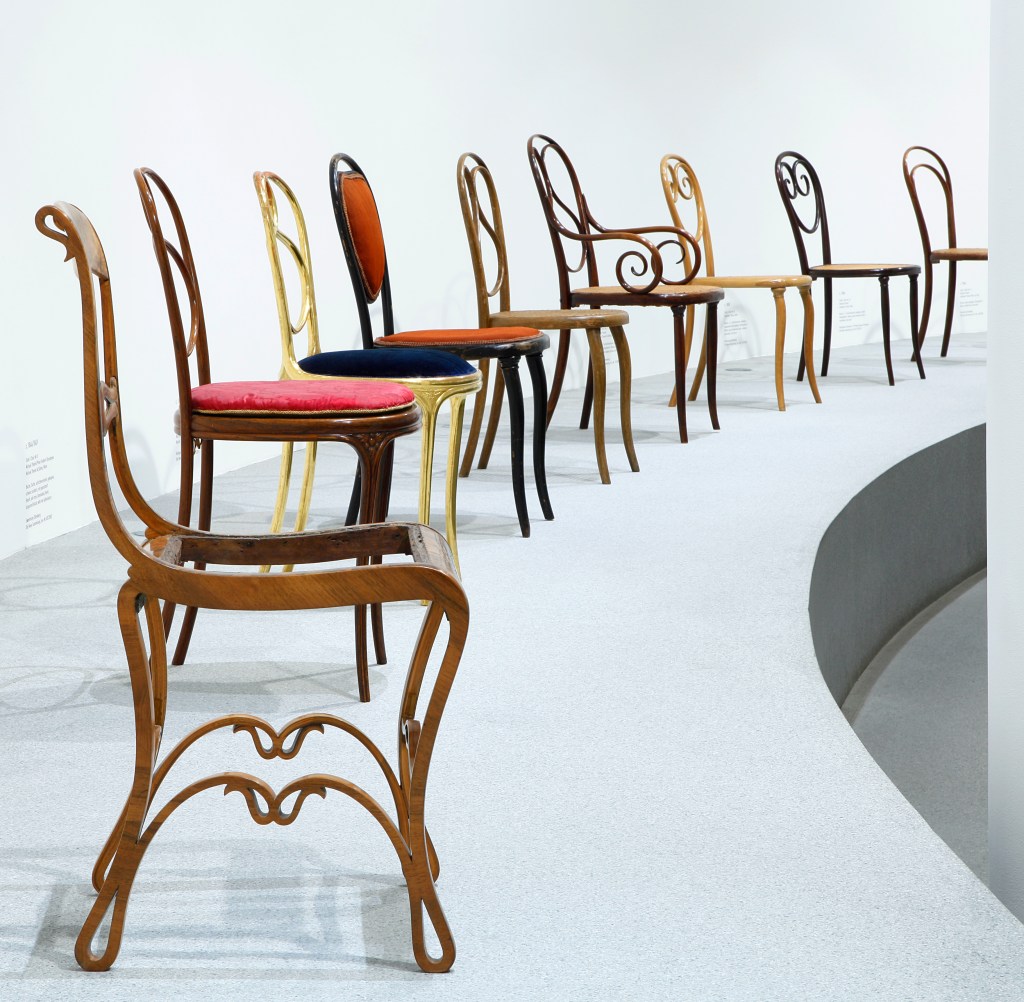
Thanks for sending on. Peter